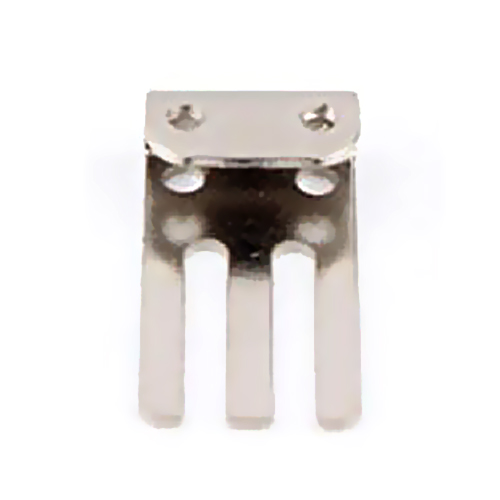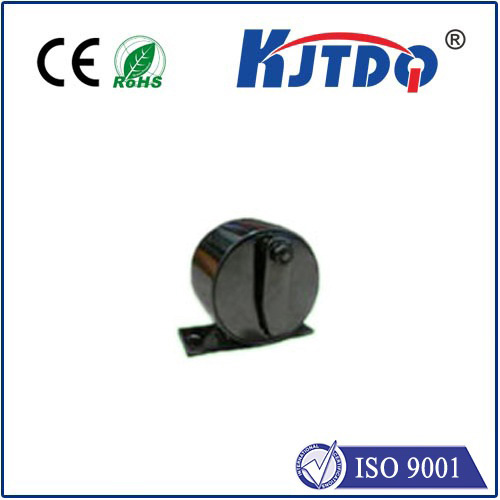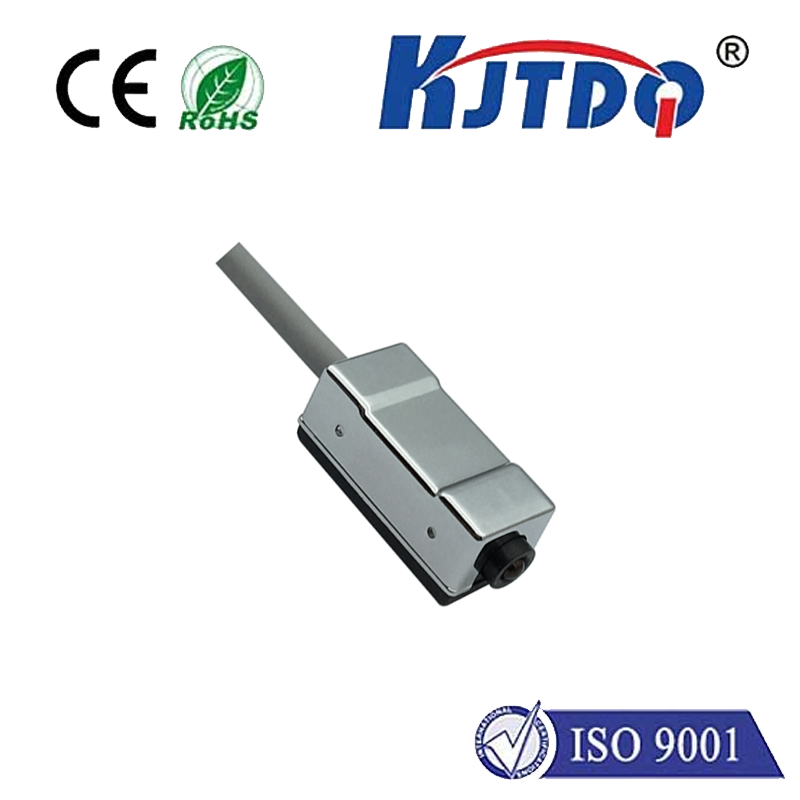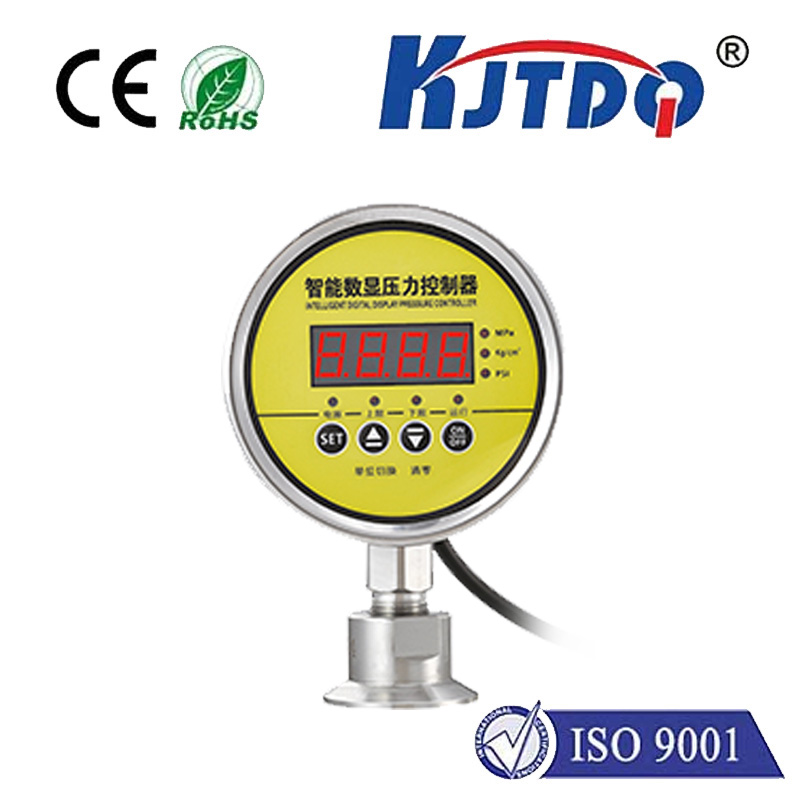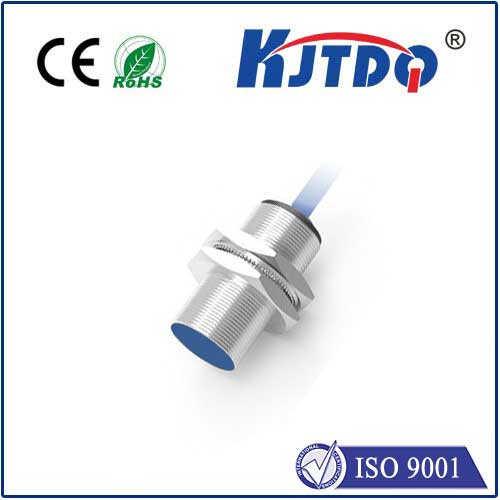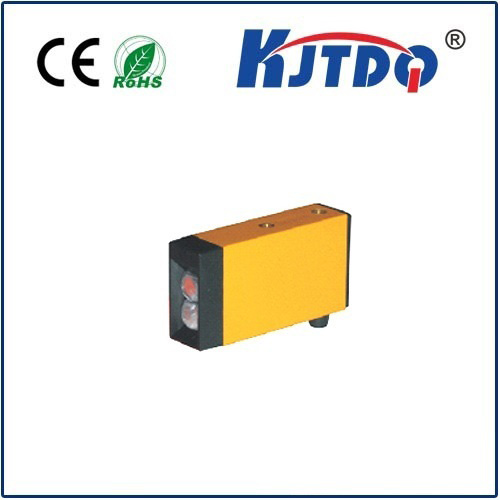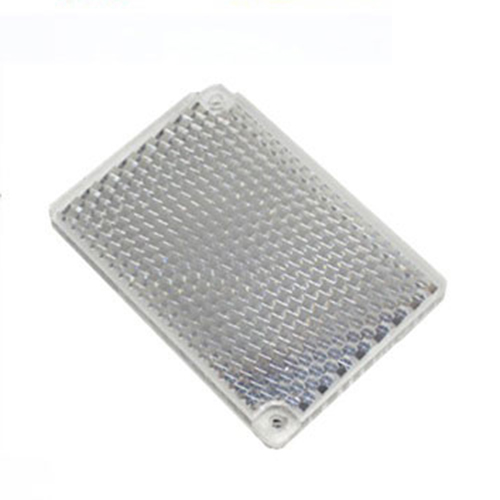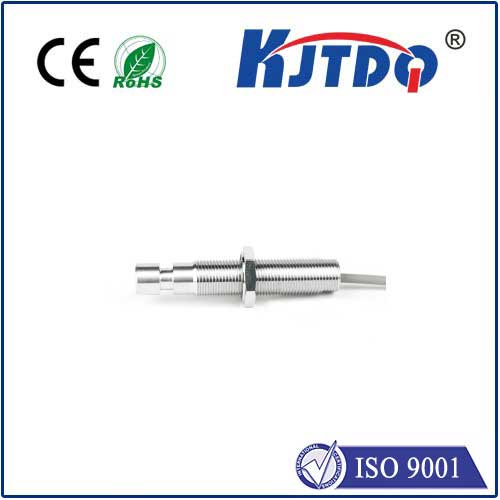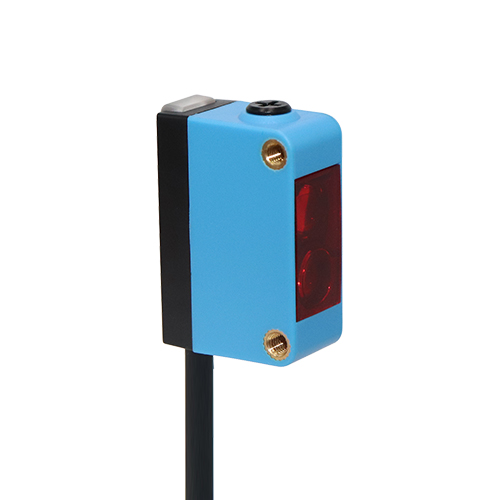

check

check

check

check

check

check

check

check

check

check
In today’s rapidly evolving technological landscape, PnP (Plug and Play) sensors have become indispensable for a myriad of applications ranging from industrial automation to smart home systems. This article will explore the intricacies of PnP sensors, elucidate their functionality, and discuss their pivotal role in modern technology.
PnP sensors, also known as plug-and-play sensors, are devices that can be easily integrated into existing systems with minimal configuration requirements. These sensors adhere to standardized protocols, allowing them to communicate seamlessly with various platforms without the need for extensive manual setup. The “plug and play” feature significantly reduces installation time and complexity, making these sensors highly user-friendly and versatile.

At the core, PnP sensors operate by detecting specific physical or environmental changes and converting these measurements into electrical signals. These signals can then be interpreted by connected systems to make informed decisions. The ease of integration is due to pre-defined communication standards such as USB, Bluetooth, or Wi-Fi, which facilitate automatic recognition and configuration of the sensor once it is plugged into a compatible device.
The versatility of PnP sensors makes them ideal for a wide range of applications. In industrial settings, these sensors help monitor machinery and processes, ensuring efficiency and safety. For instance, temperature sensors can prevent equipment overheating, while motion sensors can automate assembly lines. In smart homes, PnP sensors enhance convenience and security. Environmental sensors can regulate heating and cooling systems based on real-time data, while occupancy sensors can control lighting and appliances, thereby optimizing energy usage. Additionally, security systems leverage motion detectors to alert homeowners of potential intrusions.
One of the primary advantages of PnP sensors is the significant reduction in installation time and effort. Unlike traditional sensors that require complex calibration and setup, PnP sensors can be quickly deployed and configured through automated processes. Furthermore, their compatibility with various platforms ensures broad applicability, making them suitable for diverse industries and applications. Another key benefit is scalability. As needs grow, additional sensors can be effortlessly added to the network without disrupting existing operations. This flexibility allows businesses and individuals to adapt to changing requirements without substantial reinvestment in technology.
While PnP sensors offer numerous benefits, there are some challenges to consider. One potential issue is interoperability; not all sensors might work seamlessly with every system, especially if they adhere to different standards or protocols. It’s crucial to ensure compatibility before investing in PnP sensors to avoid any integration issues. Another consideration is security. As more devices get connected, the likelihood of cyber threats increases. Ensuring robust security measures are in place is essential to protect sensitive data and maintain system integrity.
PnP sensors represent a significant advancement in sensing technology, offering unparalleled ease of use and versatility. Whether in industrial automation or smart home environments, these sensors streamline operations and improve efficiency. While challenges exist, careful planning and consideration can mitigate potential issues, making PnP sensors an invaluable tool in the modern world. Embracing this technology opens up new possibilities for innovation and progress across various sectors.

